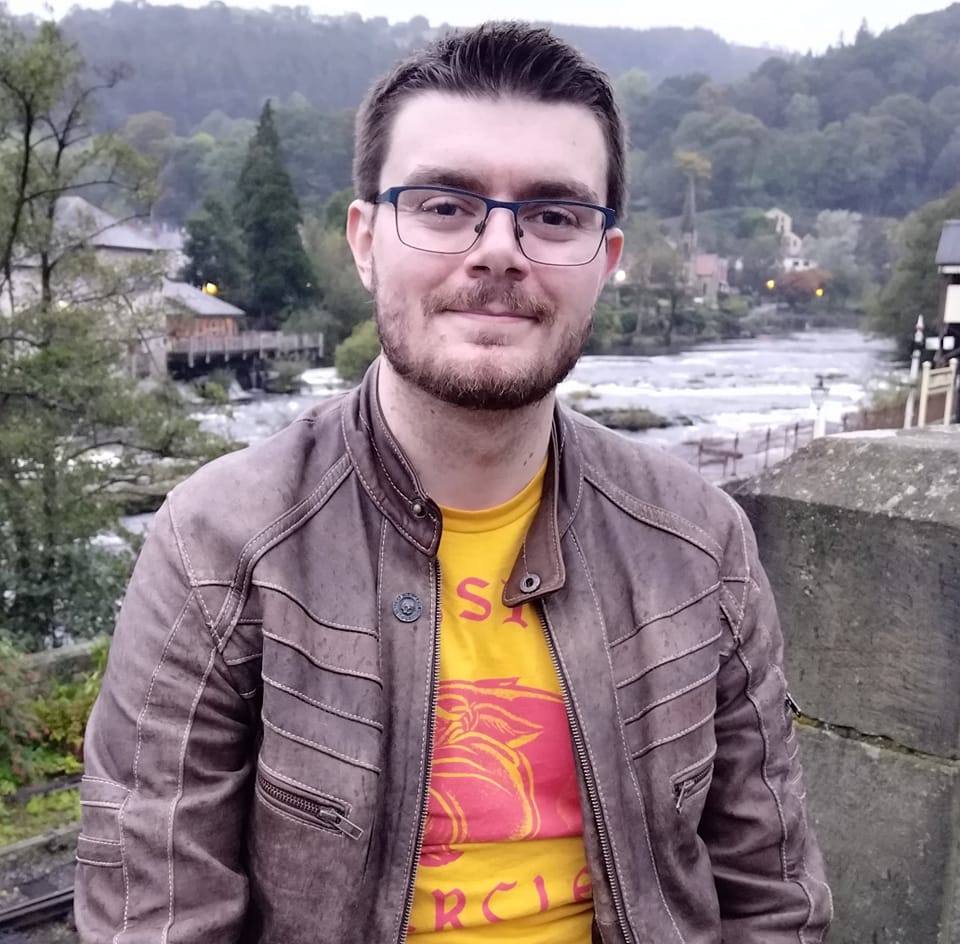28th August, 1993 was the day that Bruce Dickinson died. Sort of.
Bruce had been a part of the Iron Maiden machine for more than a decade at that point, with his charisma and operatic voice helping bring the band to worldwide stardom. They’d made seven albums together and toured all over the world. The Maiden machine had long been a successful one, but things were routine..
“Hard work, good guys, relatively safe, well-managed,” Bruce summarised the state of the band at the time in a later Q104 radio interview. “All the things [to which] people would say, ‘Hey, that’s a reliable job.’ That was my life in Iron Maiden. I thought, ‘It’s not enough. I’m too young to be settling down to this.’”
The Maiden machine had long been a successful and prolific one, but things were routine. So, before the start of their 1993 Real Live tour, Bruce decided to quit, craving something new. He agreed to honour the band’s spring and summer dates, however, thereafter, he’d jump ship to focussing fully on his solo career.
His final gig was a no-expense-spared spectacular, billed as Raising Hell and filmed at the famous Pinewood Studios in front of a specially invited audience. Magician Simon Drake was the evening’s MC, introducing Maiden before reappearing every so often for some morbid theatricality. He sawed a woman in half during Bring Your Daughter To The Slaughter. He cut guitarist Dave Murray’s hands off. And, for the grand finale, he abducted Bruce during set closer Iron Maiden.
Simon’s shadowy collective of weirdos, including a buzzsaw-wielding little person and a muscly lady with dreadlocks, forced Bruce into an iron maiden (oh, the irony). Fans watched as spikes slowly pushed out of the device. A conveniently-placed door was opened, revealing the singer’s ‘dead’ face, blood oozing from his lips. Lastly, band mascot Eddie entered, impaled Simon on a spear and removed Bruce’s head, mounting it behind the magician’s corpse. Roll credits.
Neither the band nor Bruce shone quite as brightly after splitting. Although the singer reaped acclaim with his solo albums Accident Of Birth and Chemical Wedding, he couldn’t make a major commercial dent. Meanwhile, his ex-bandmates released a pair of poorly-received albums with replacement singer Blaze Bayler. The parties’ 1999 reunion was a blessing for everyone, not least their fans, who have since enjoyed two decades of reinvigorated majesty.
